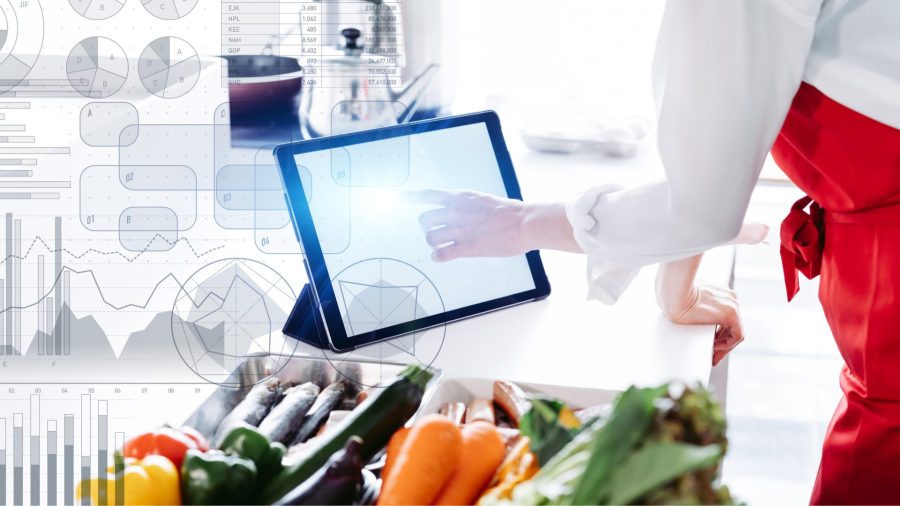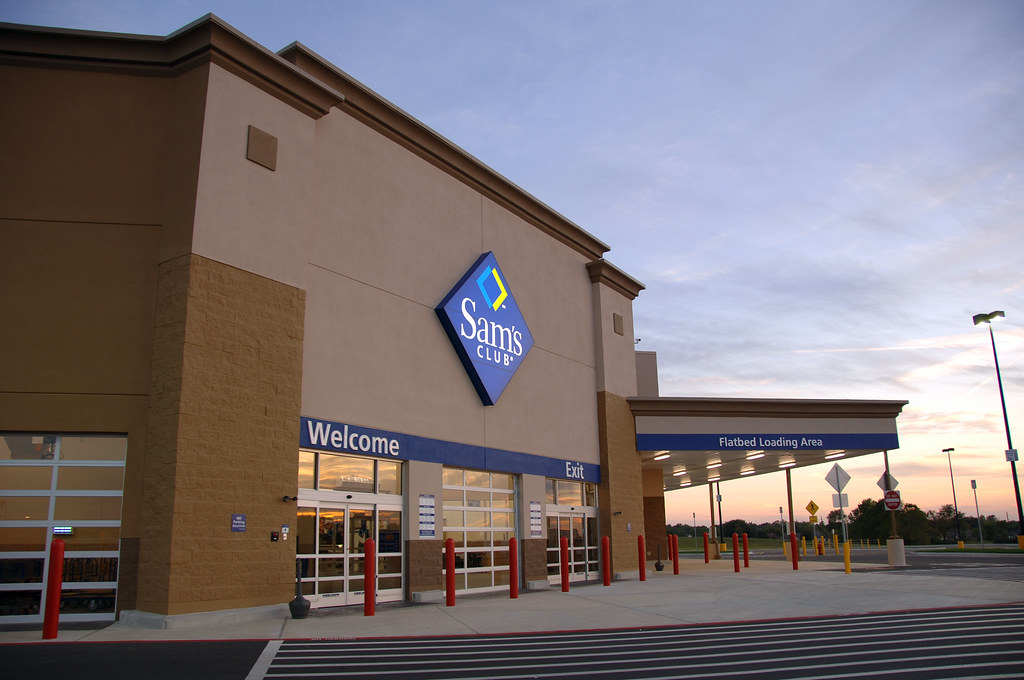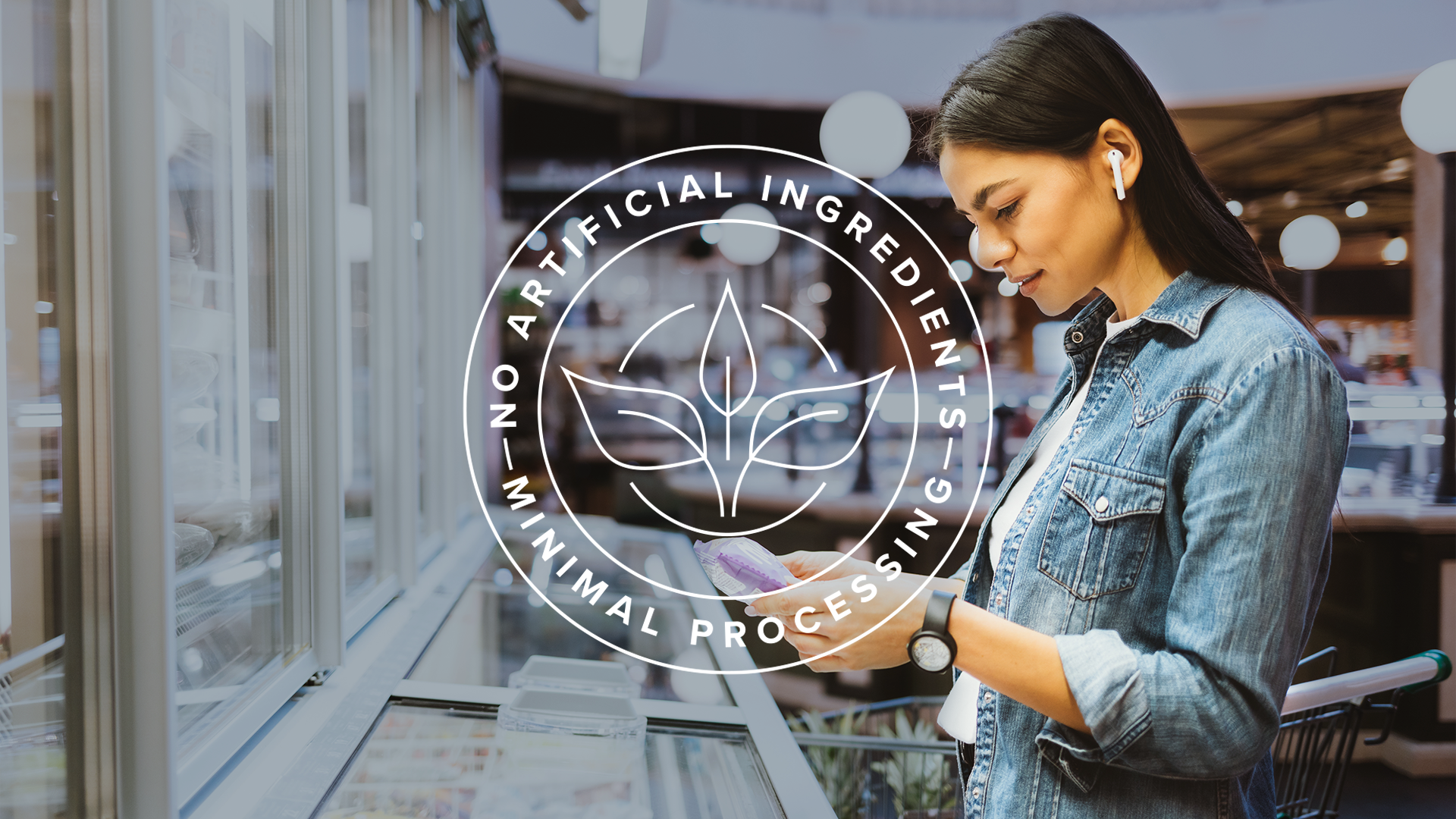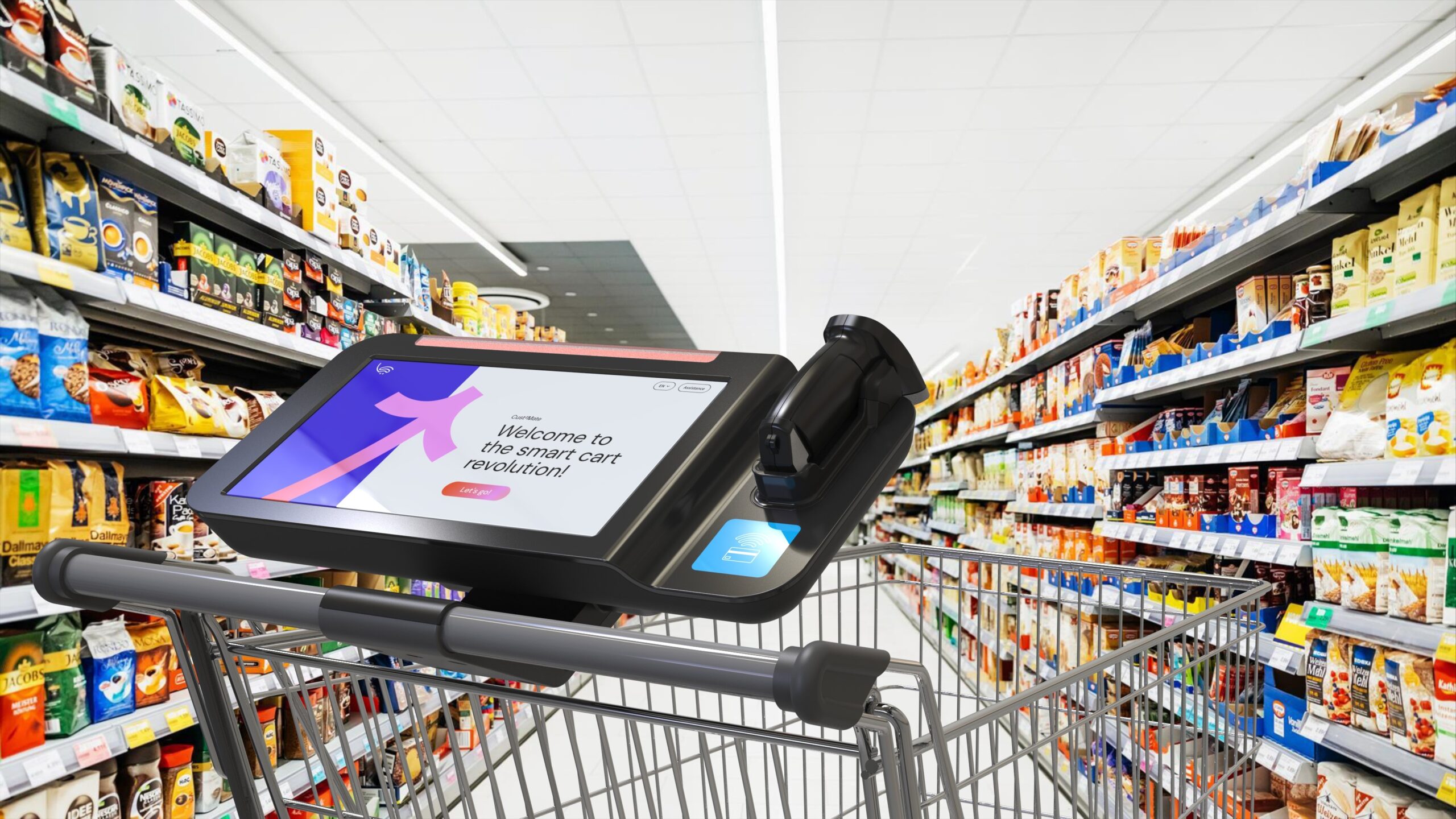The highly anticipated Consumer Electronics Show in Las Vegas had a decidedly different feel this year.
The trade show, which wrapped up January 8, was significantly smaller than pre-pandemic days and featured multiple Covid precautions. All U.S.-based attendees were required to show proof of vaccination either using the CLEAR Health Pass or by showing a hard copy or digital vaccine record. Meanwhile, international travelers were also required to show proof of vaccination, plus a negative COVID test taken no more than one day before departure.
Despite such measures, the industry event was a welcome sign of the future, as technology innovators, media and buyers came together in-person to get a glimpse of the future.
“CES was definitely quieter this year, but that allowed more time to play and experiment with what was on [display],” Carl Orsbourn, co-author of the book Delivering the Digital Restaurant, told The Food Institute.
“The CES show floor buzzed with the joy of human interaction and a five-sense innovation experience with products that will redefine our future,” said Gary Shapiro, CEO, Consumer Technology Association (the owner and producer of CES) in a press release.
There were 2,300 exhibitors at the event, even with last-minute, in-person cancellations from a few major companies like Amazon. Approximately 45,000 attendees from 119 countries attended the show, a steep drop from the 170,000 in January 2020.
Food technology companies utilize CES as an opportunity to introduce their products to potential retail buyers and the media. While there were few turn-your-head food technologies shown, several companies stood out for products that could have a significant impact on the food business.
Food-tech startup Beyond Honeycomb, for instance, unveiled a product that could combat the labor shortage in restaurants.
“Beyond Honeycomb stood out,” Orsbourn said. It’s “a molecular testing utensil sensor kit that enables a robot, through AI, to learn a recipe within 48 hours. This … once rolled out, will enable restaurants to roll out new innovative recipes much faster to multiunit restaurants across their network.
“Beyond Honeycomb shows us that, when we talk robotics in kitchens, it’s far more than just the equipment that makes the food, it’s the intelligence that learns recipes and creates consistently executable dishes every time. That’s something that is particularly difficult to achieve in such a high turnover labor environment.”
Orbisk, meanwhile, displayed a system that can reduce food waste in foodservice, helping operators better plan purchasing and production. Its machine recognizes what food is being thrown away through a simple photograph, determines the quantity and records what time of day it’s discarded. A dashboard is then created to help the operator plan better.
Here were some of the other noteworthy food-related exhibitors at CES this year:
- HeroLabs: A system that makes bread and other baked goods into nutrient-dense food
- Hexagro Urban Farming: A modular and scalable vertical farming system, from Italy
- Lang Beverages: A water filtration system that adds minerals and flavor back in, from Switzerland
- MycoTechnology: A system that harnesses the metabolic energy of mushrooms to create food ingredients
- Nature’s Fynd: Creates Fy, a nutritional fungi protein
Ron Tanner, currently a senior advisor for The Food Institute, has observed and reported on the food industry for more than four decades, including 33 years with the Specialty Food Association. He has also presented hundreds of educational programs about the industry.












